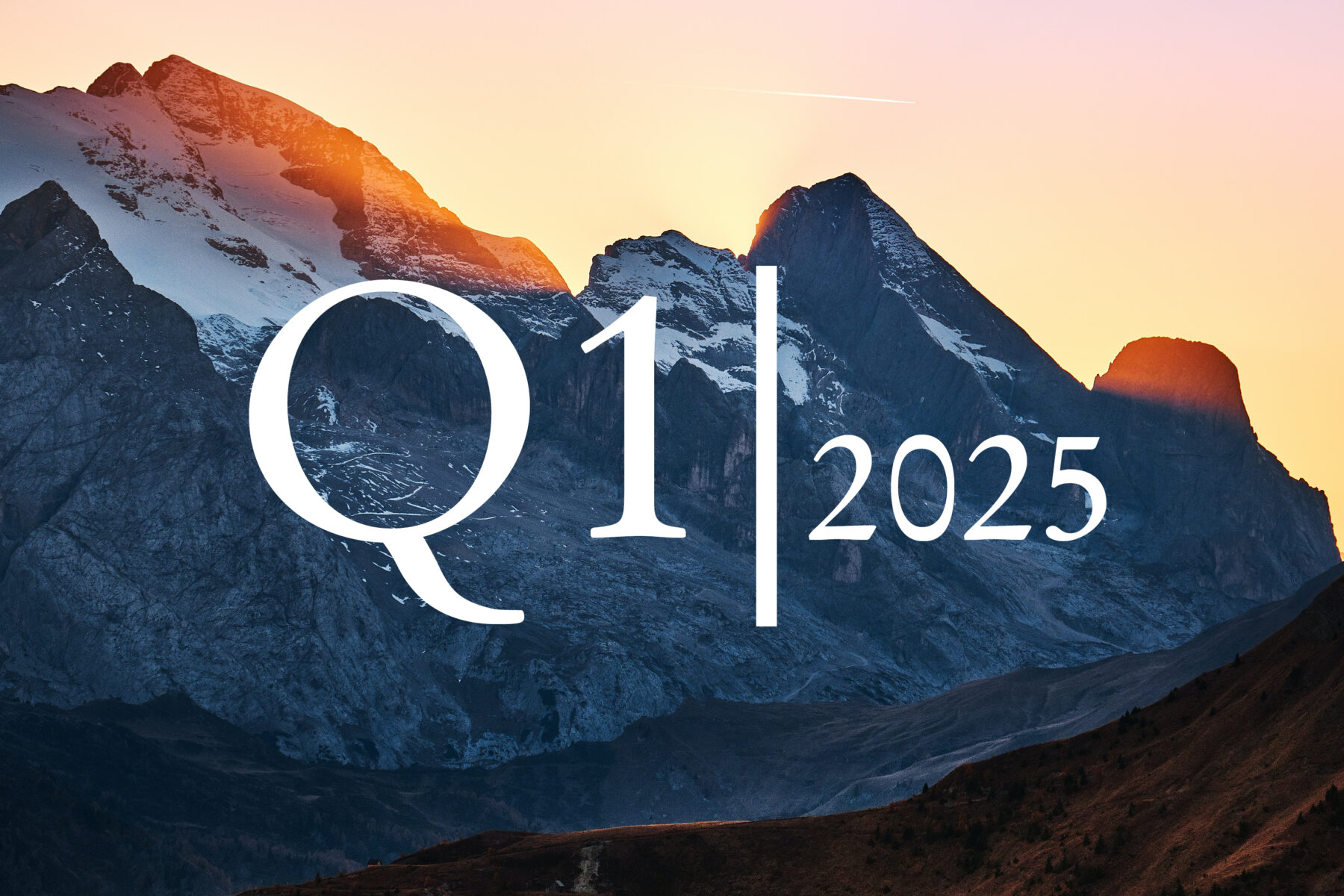There is currently a lot in favour of the US dollar
A number of factors have recently provided a tailwind for the US dollar. A further escalation in the war of aggression against Ukraine and the ongoing conflict in the Middle East have boosted safe-haven demand for the greenback. In addition, US economic data has been surprisingly strong again in recent months, while eurozone data has been disappointing. In addition, the re-elected US President Donald Trump intends to further boost the already robust US economy through tax cuts and deregulation. Also, the import tariffs and stricter immigration policies he has announced will be inflationary. For the Fed, this creates a picture of stronger growth and higher inflation at the same time. This is likely to lead the Fed to cut interest rates by less than it otherwise would. In turn, higher interest rates mean that more capital will flow into the US, supporting the dollar. However, all of the above factors appear to have been priced into the euro-dollar exchange rate. If geopolitical tensions were to ease somewhat, if the US economy were to lose momentum or if the eurozone were to gain some momentum, the US dollar is likely to lose some of its strength.
Trump gives the dollar wings
Nominal effective exchange rates
Trump’s first concrete tariff threats against Mexico, Canada and China show that exchange rates react very quickly. Emerging markets in particular are at risk of seeing their currencies depreciate against the dollar in 2025 once an economy becomes the focus of Trump’s tariffs.
USD and CHF in demand as safe havens
Euro exchange rates
Geopolitical uncertainties have also led to strong demand for the Swiss franc in recent months. However, the associated appreciation poses a challenge for the Swiss National Bank (SNB) as the strong franc makes imports cheaper, which, together with falling energy prices, threatens to push Switzerland into deflation. In October, the inflation rate fell again to 0.6% year-on-year, the lowest level since July 2021. The SNB attempted to counteract this in December by cutting interest rates by 50 basis points. However, as the key interest rate is now at 0.5%, the room for manoeuvre is limited. Direct exchange rate intervention by the central bank is therefore becoming more likely. We expect the SNB to try to stabilise the euro-franc exchange rate at around 0.95 in 2025.
Exchange rate forecasts
Berenberg and consensus forecast in comparison, values at mid-year 2025 and at year-end
Author



